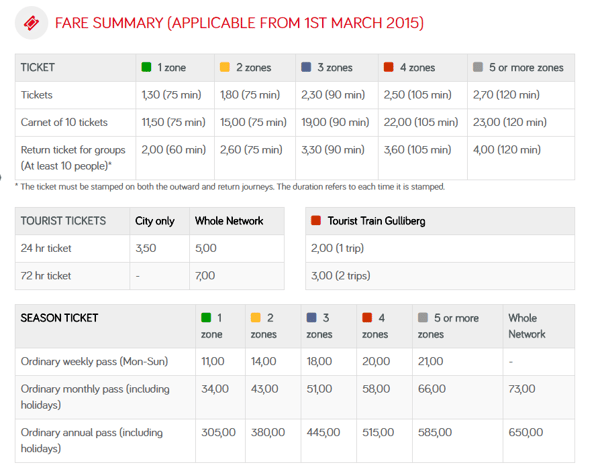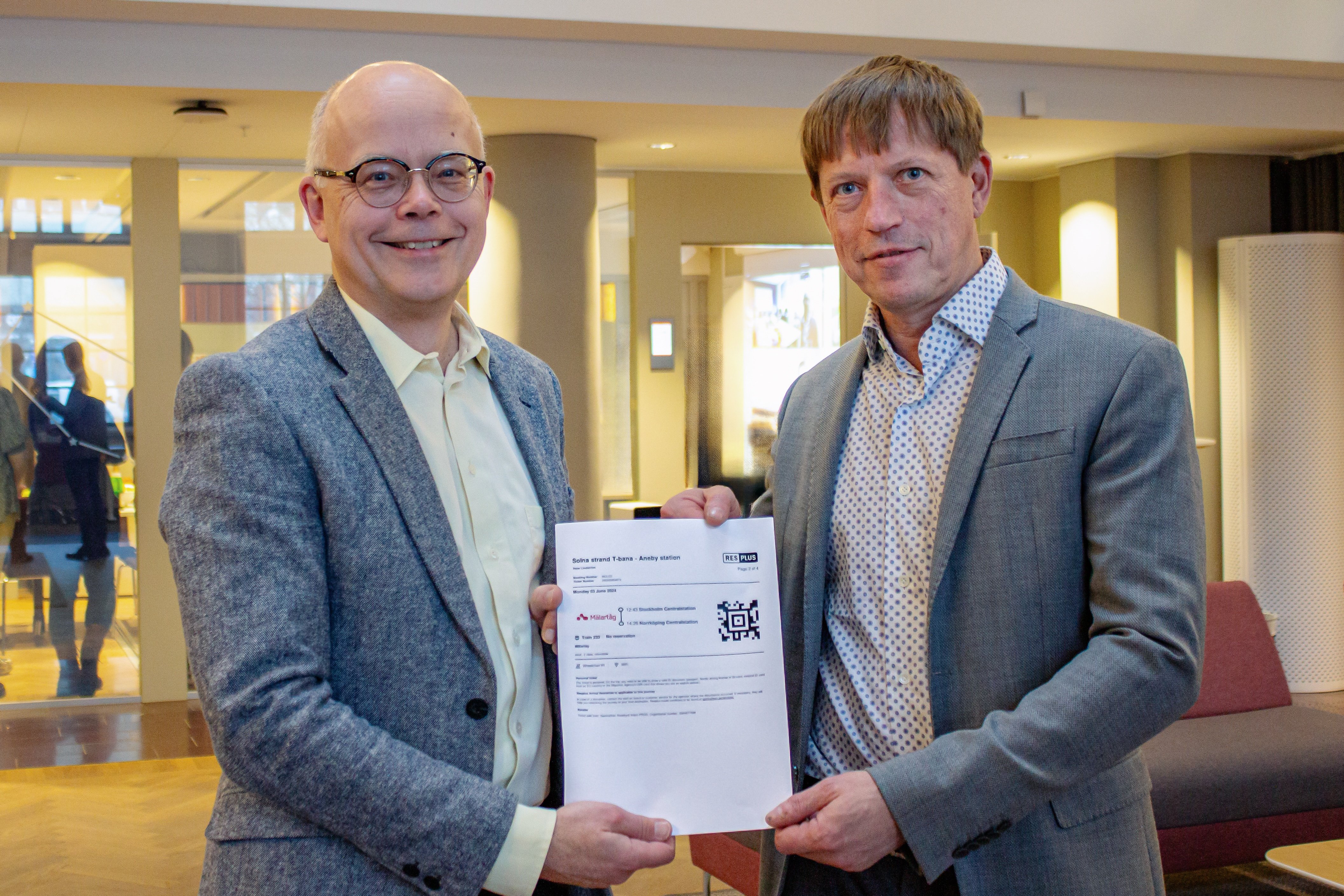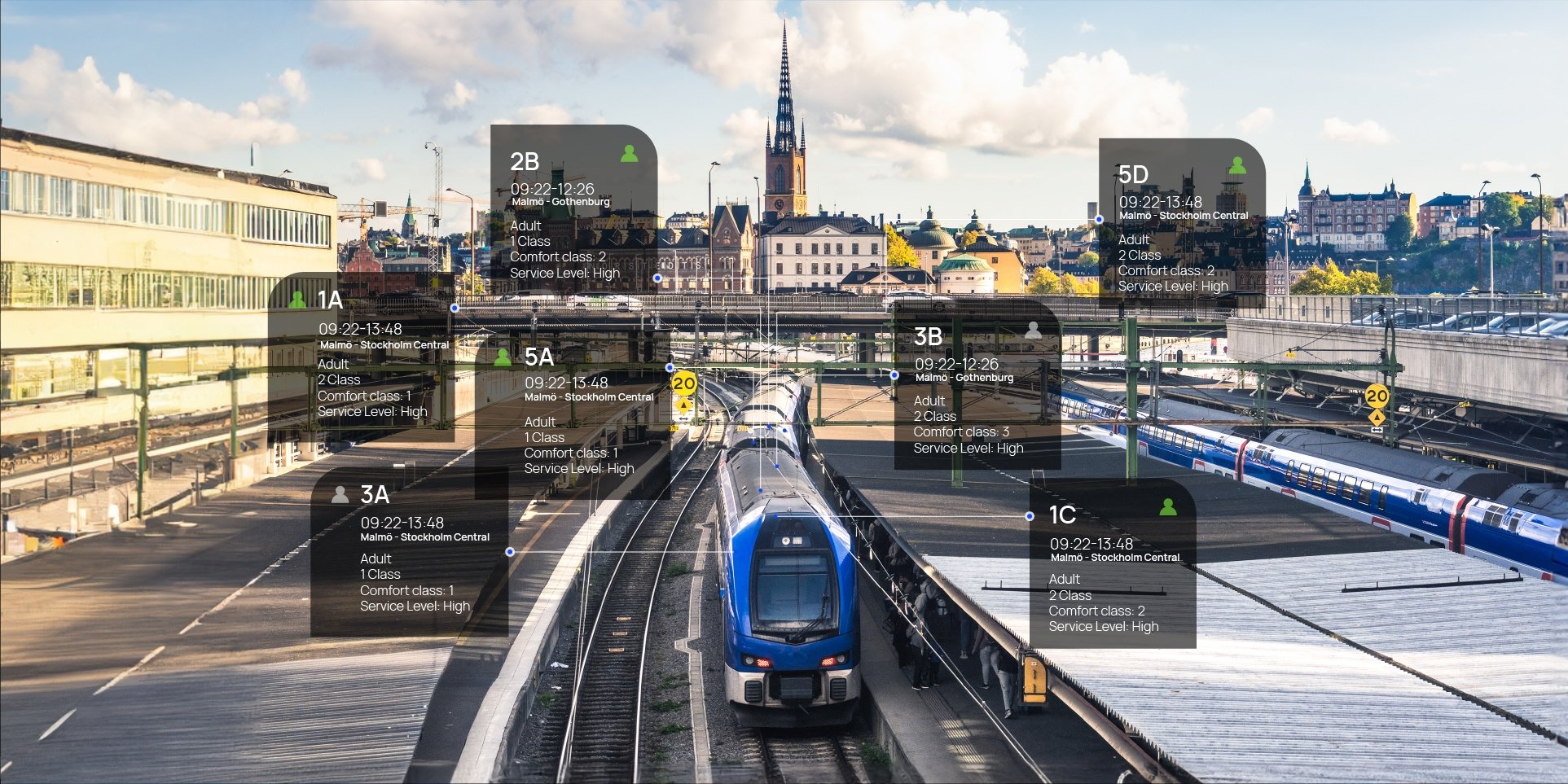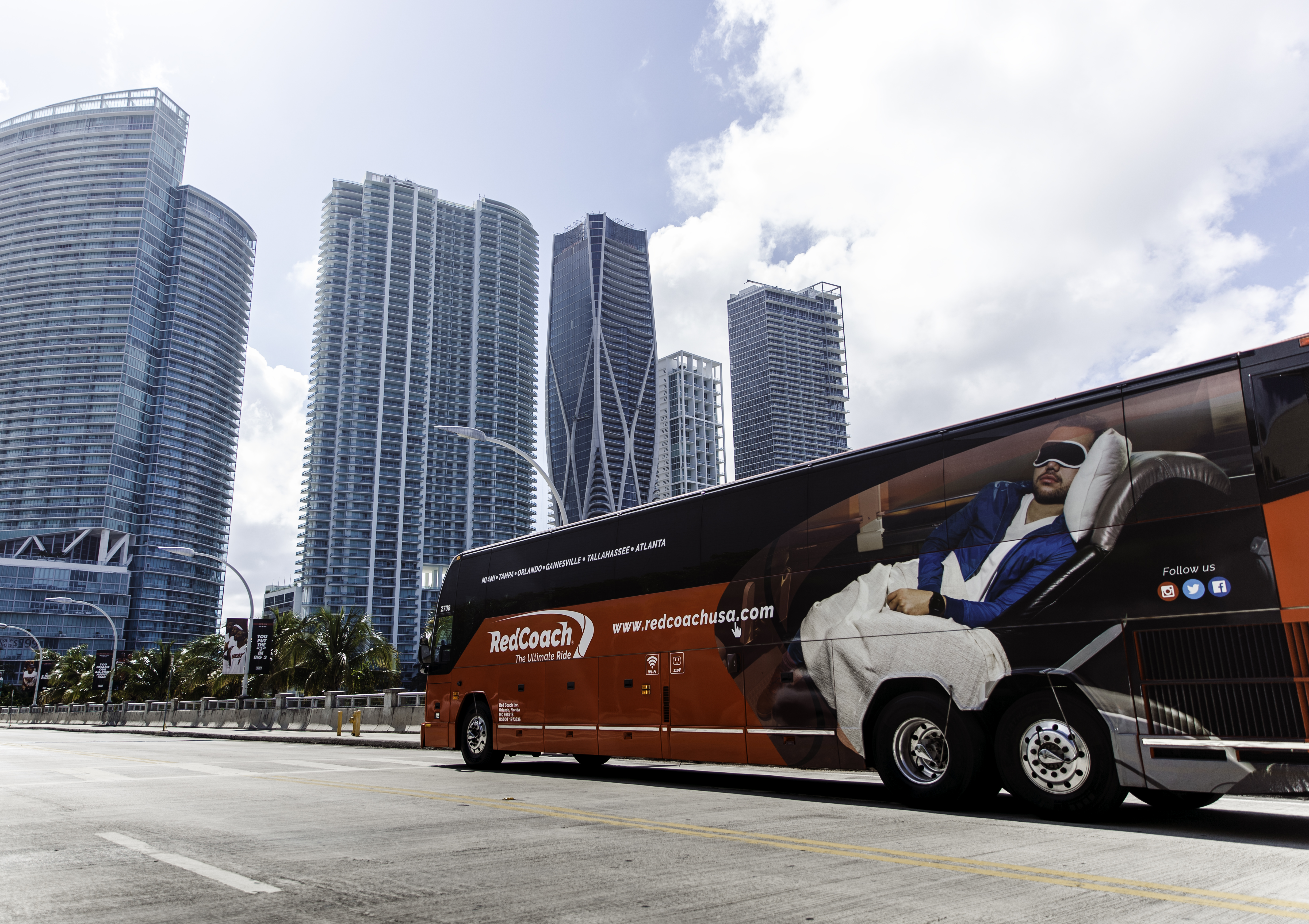3 Most Popular Pricing Strategies in Intercity Bus Industry

Although it might seem that the whole intercity bus industry uses similar pricing principles, in reality, different operators and business models need different approaches. This post is a brief overview of the most popular pricing models.
Its goal is not only to show you the options but also to point your attention to their different rationales and to help you make the best pricing decisions.
Although this might not be final, our experience shows that typically, there are three ways to build fare models in the intercity bus industry.
1. Zonal Pricing
A zone is a defined region that includes a number of stops. In this model, the price of the ticket depends on the origin and destination zone(s) where a passenger travels.
Zonal pricing is often used in airport shuttle services where pick-up stops and drop-off stops belong to a certain zone.
Zone-based pricing is common in short-to-medium distance (interurban) areas where the population density is high. In this way, operators keep the prices as understandable and straightforward as possible. All it takes for the passenger is to determine where their destination is, and they will immediately have an idea of the cost of the ticket. This model also benefits commuters or frequent travelers: the price they pay on their usual routes is always the same, and they can easily remember it.
Zonal pricing is often used in airport shuttle services where pick-up stops and drop-off stops belong to a certain zone. In the simplest cases, there are only two zones between which the passengers travel, thus making it very easy to advertise the price per shuttle.
 An example of zonal pricing in public transportation
An example of zonal pricing in public transportation
2. Distance-Based Pricing
Also called mileage- or kilometer-based pricing. It is employed when the distances become longer and the stops are more dispersed along the route with a clearly defined distance between them.
The distance-based pricing is a simple model which works best on lines with lower competition, because it doesn’t take into account any demand elasticity between stops.
The price is calculated by kilometers driven. Thus, the highest fare is between the origin stop and the destination stop, while the stops in-between will have lower fares. Actual fares are calculated based on the equation: fixed tariff x km driven = ticket price.
The distance-based pricing is a simple model which works best on lines with lower competition, because it doesn’t take into account any demand elasticity between stops. On the other hand, tariff and distance-based pricing is an easy model for operators driving lines subsidized by the authorities, as they can ask subsidization for a fixed proportion of km-based tariff.

For example, if the fixed price per km is 0,5€, and the distance between A and B is 10 km, the fare between A and B will be calculated as 0,5 × 10 = 5. The distance between B and C is 20 km, so the fare will be 10€, and the ticket between A and C will have a standard fare of 15€.
Km tariff is also used in countries where authorities dictate the prices for operators (capping the upper limit). Typically, interurban county lines apply the distance-based pricing model.
3. Origin-Destination (O/D) Pricing
As the name suggests, this model is origin and destination based, too. But, unlike the distance-based pricing, origin-destination pricing employs a more flexible price matrix.
O/D model is appropriate in those cases when competition and other complex business requirements enter the picture.
It allows fixing a specific fare between every individual O/D pair.
To establish how much a passenger should pay for the ticket, it considers other factors besides the distance. For example, the popularity of a particular segment or preference to sell longer distances to maximize revenue per trip.
As a result, a user traveling between stop A and stop B might pay precisely the same fare as a passenger going from A to C. Even if the latter covers a longer distance.
 A simple example of an O/D pricing matrix
A simple example of an O/D pricing matrix
This model is appropriate in those cases when competition and other complex business requirements enter the picture.
Discount Strategies
We have briefly gone through the ways operators can fix their ticket prices. That is, how they determine their standard fares. Yet, usually, operators apply some discounting logic on top of the standard fares.
The reasons for applying discounts can be either commercial (to attract passengers) or authority-imposed (concessionary).
We can broadly divide the ways to apply a discount into two models:
- Passenger segment-based discount (also known as a concessionary discount).
A passenger must belong to a specific category (segment) for the discount to apply (e.g. student, pensioner, etc.). The discount is usually selected when booking and upon boarding, when the passenger shows some proof of eligibility.
- Triggered, or action-based discount.
In this case, no matter what segment a passenger belongs to, they have to meet certain conditions or perform a specific action upon booking to receive the applied discount. For example, they should have a campaign code and enter it upon reservation. Or when adding more than one ticket to the shopping basket, it triggers a group discount.
Another way to manipulate standard fares is by implementing dynamic pricing based on demand and/or time until departure. Yet, there are quite specific pre-requisites and conditions that should be met to implement this type of pricing. We have covered this topic in a dedicated post here.
Conclusion
Pricing is one of the most important business-related decisions a commercial operator can make. Thus, make sure you analyze thoroughly the choice and adoption of one or another pricing model for your intercity bus company.
Base such an analysis on the type of activity, competition, regulations, and expectations of your target customers. What do they value more? Is it simplicity and clarity or a more complex and dynamical, but also more beneficial (and competitive) approach?






